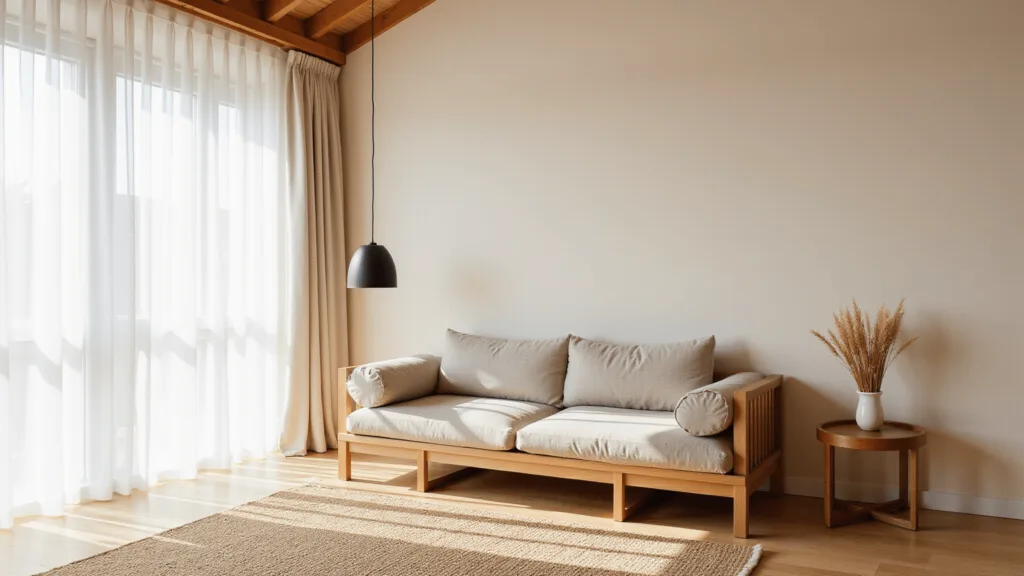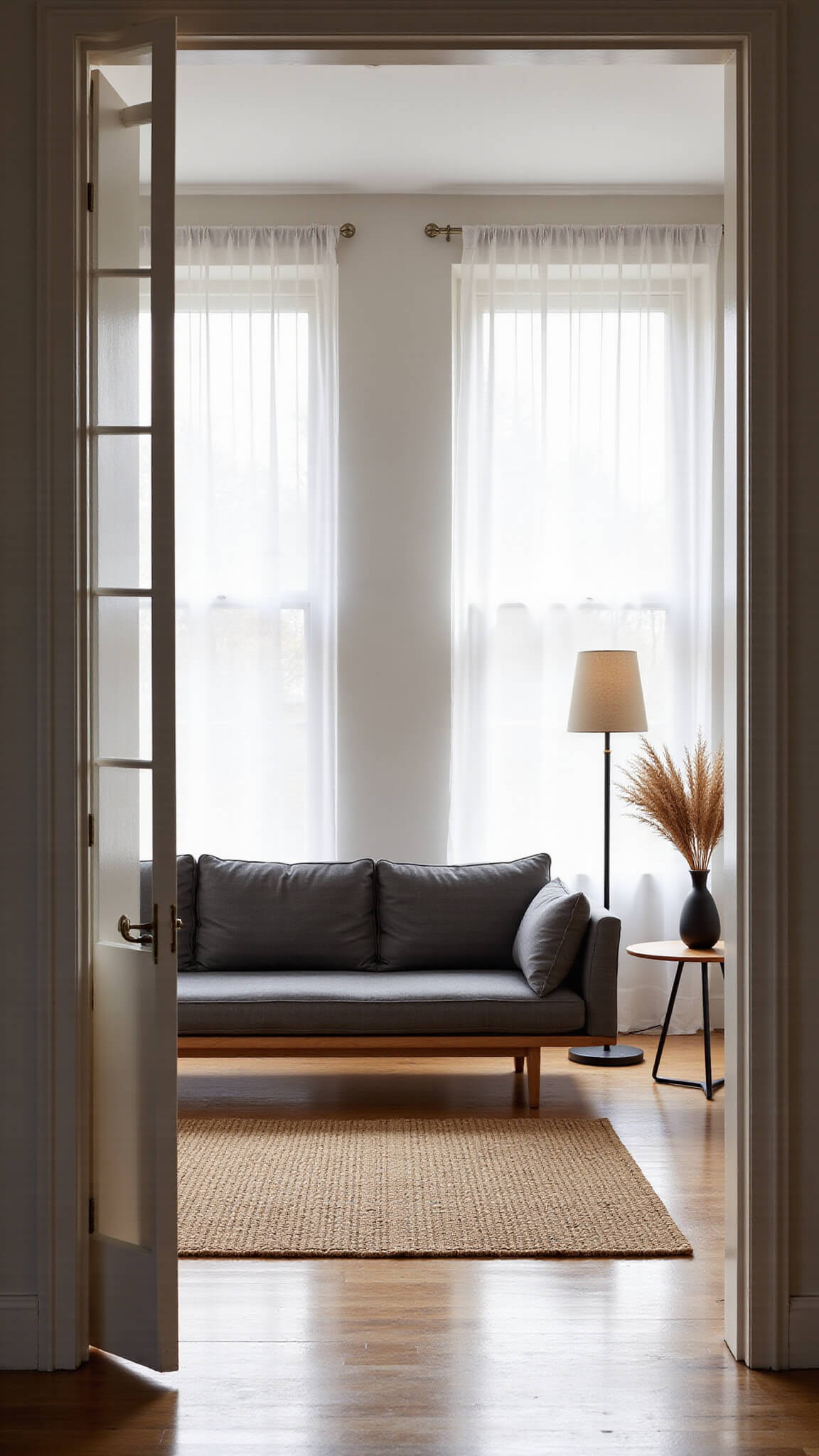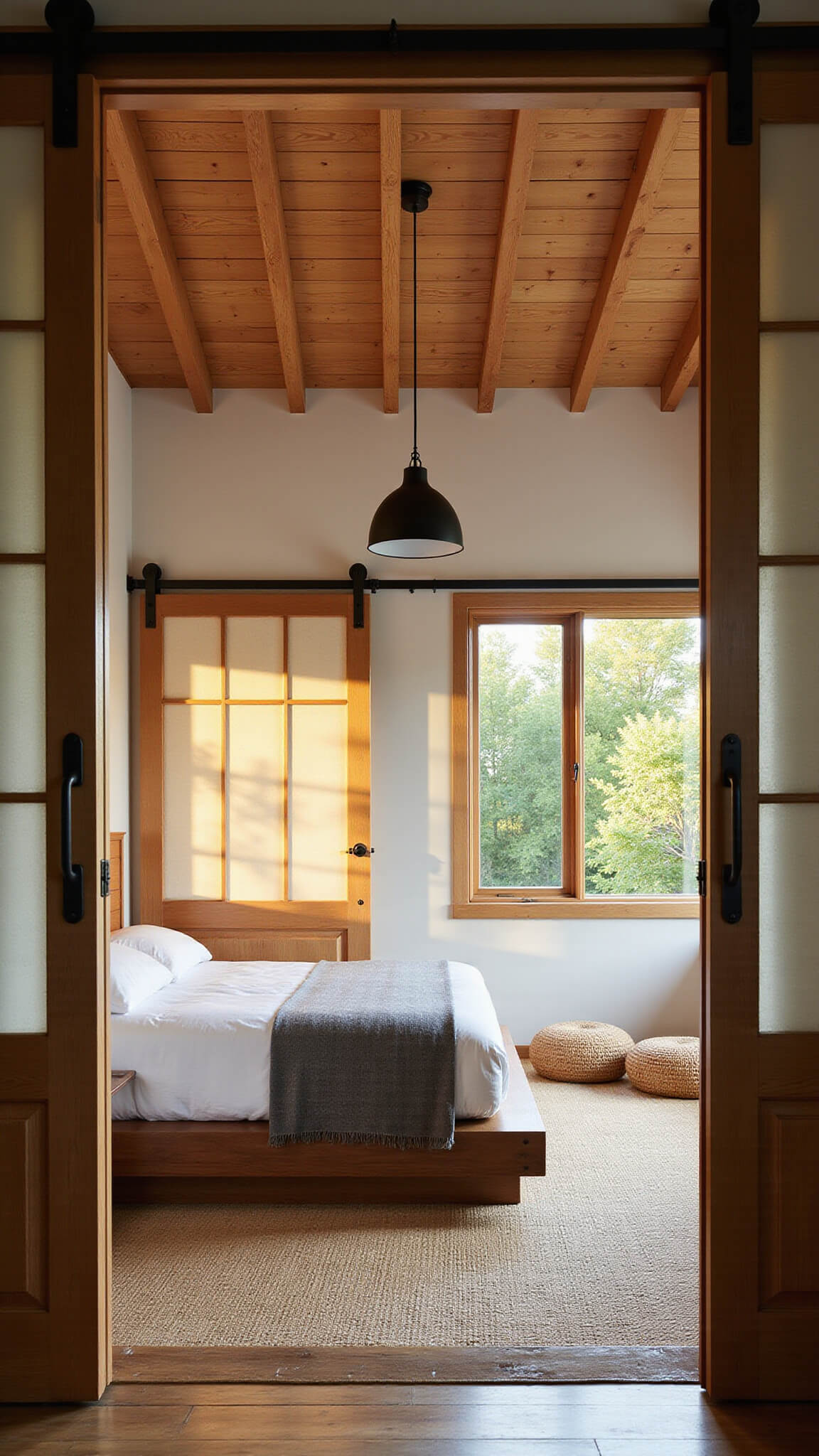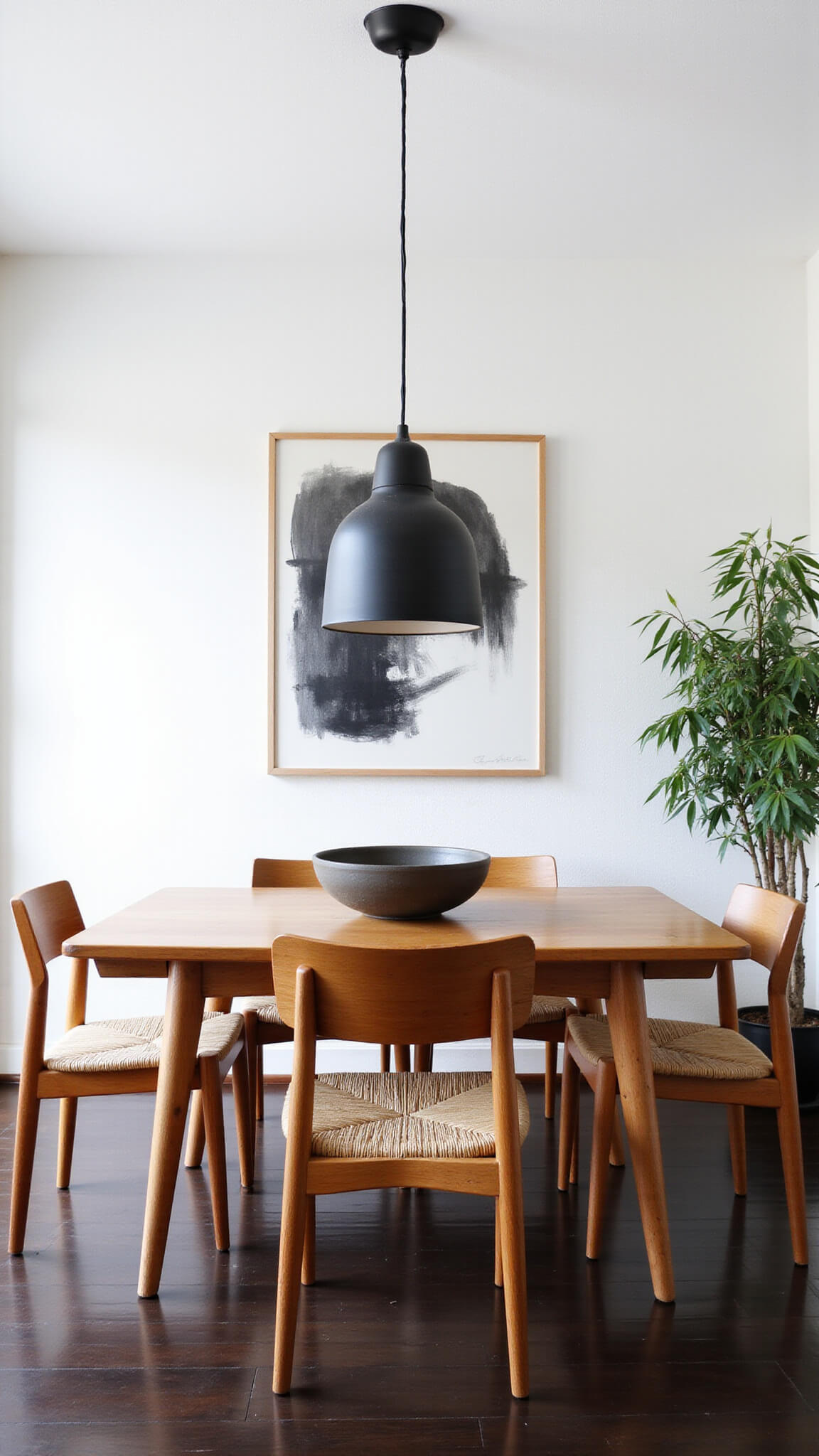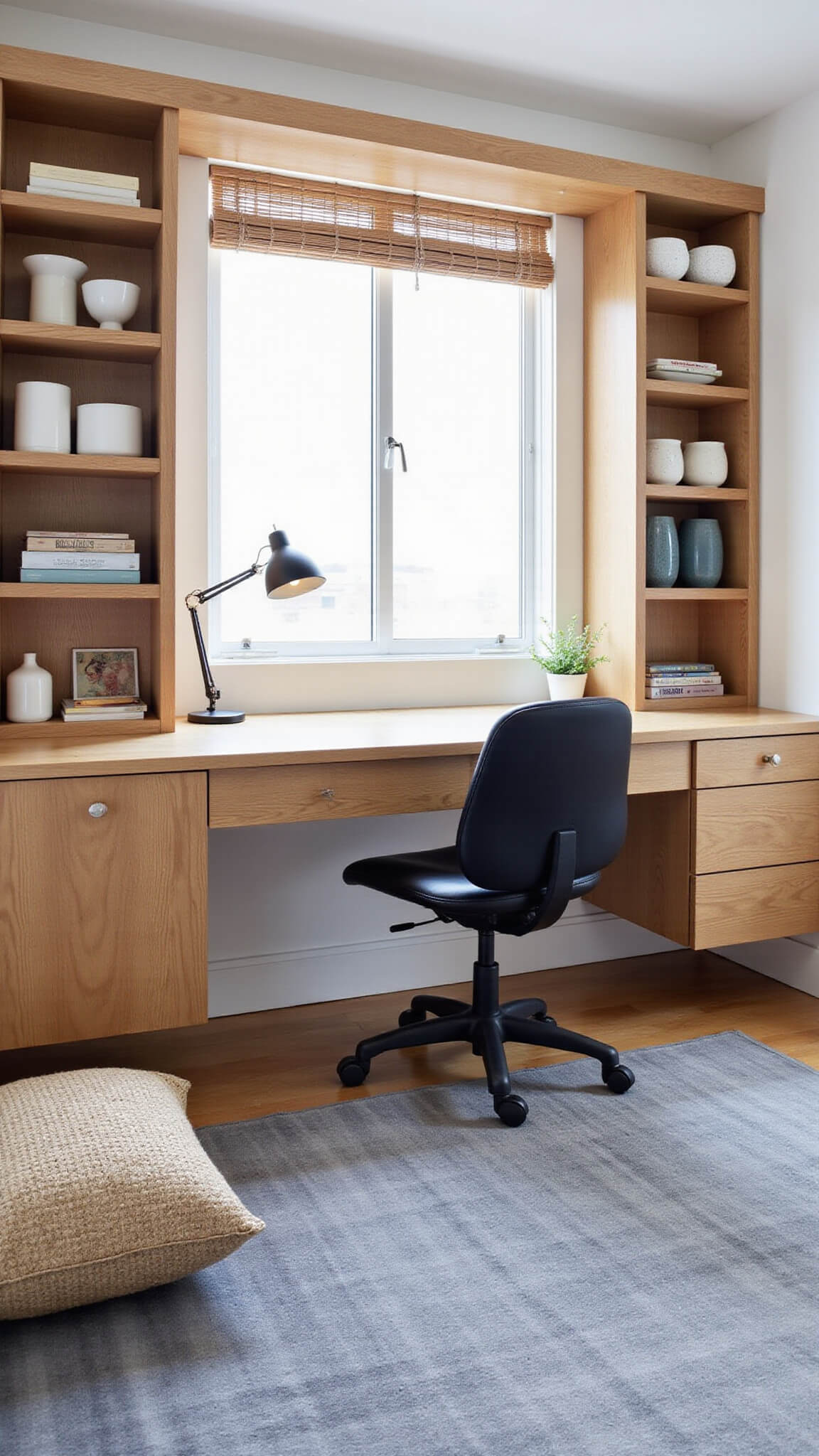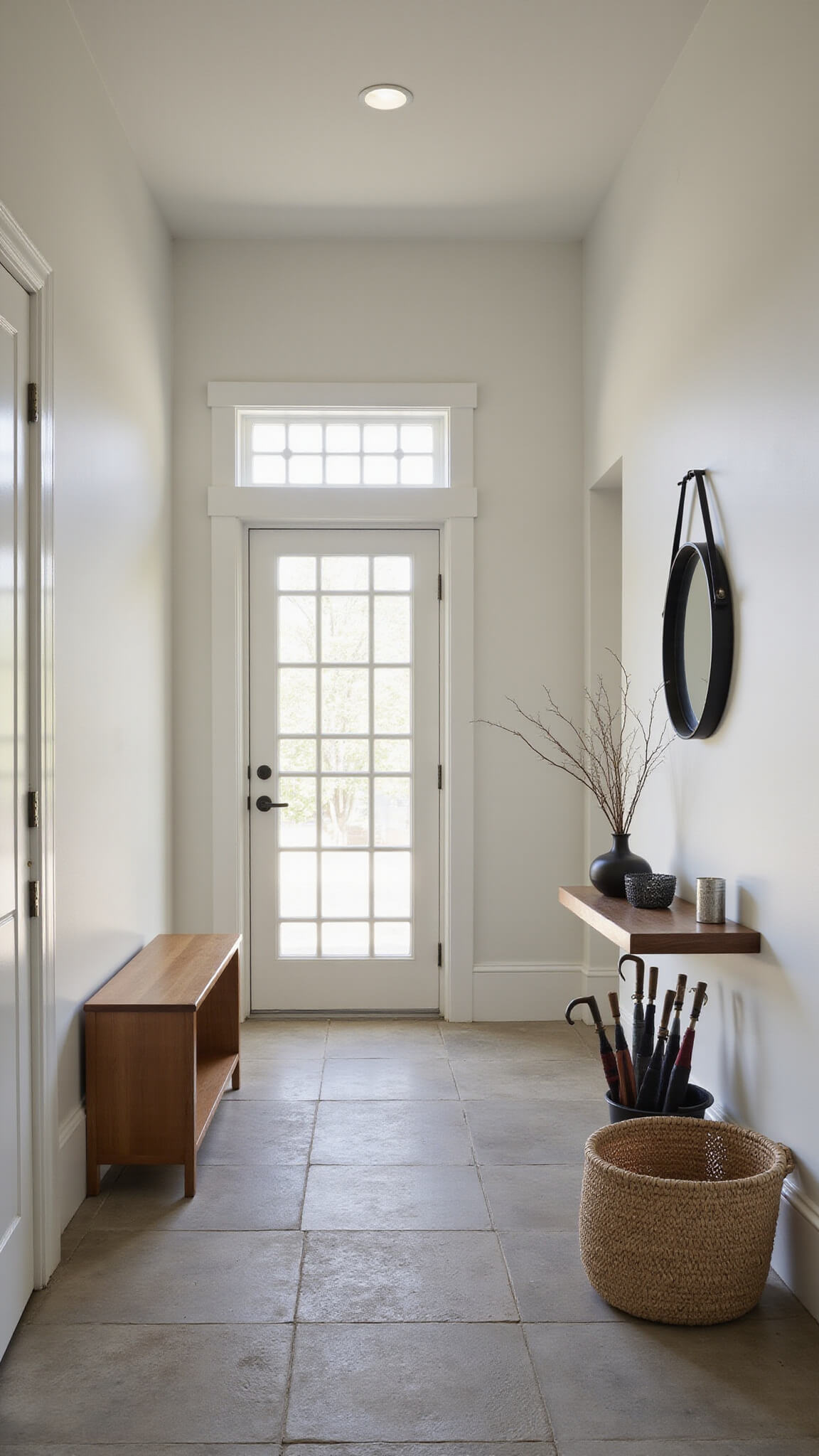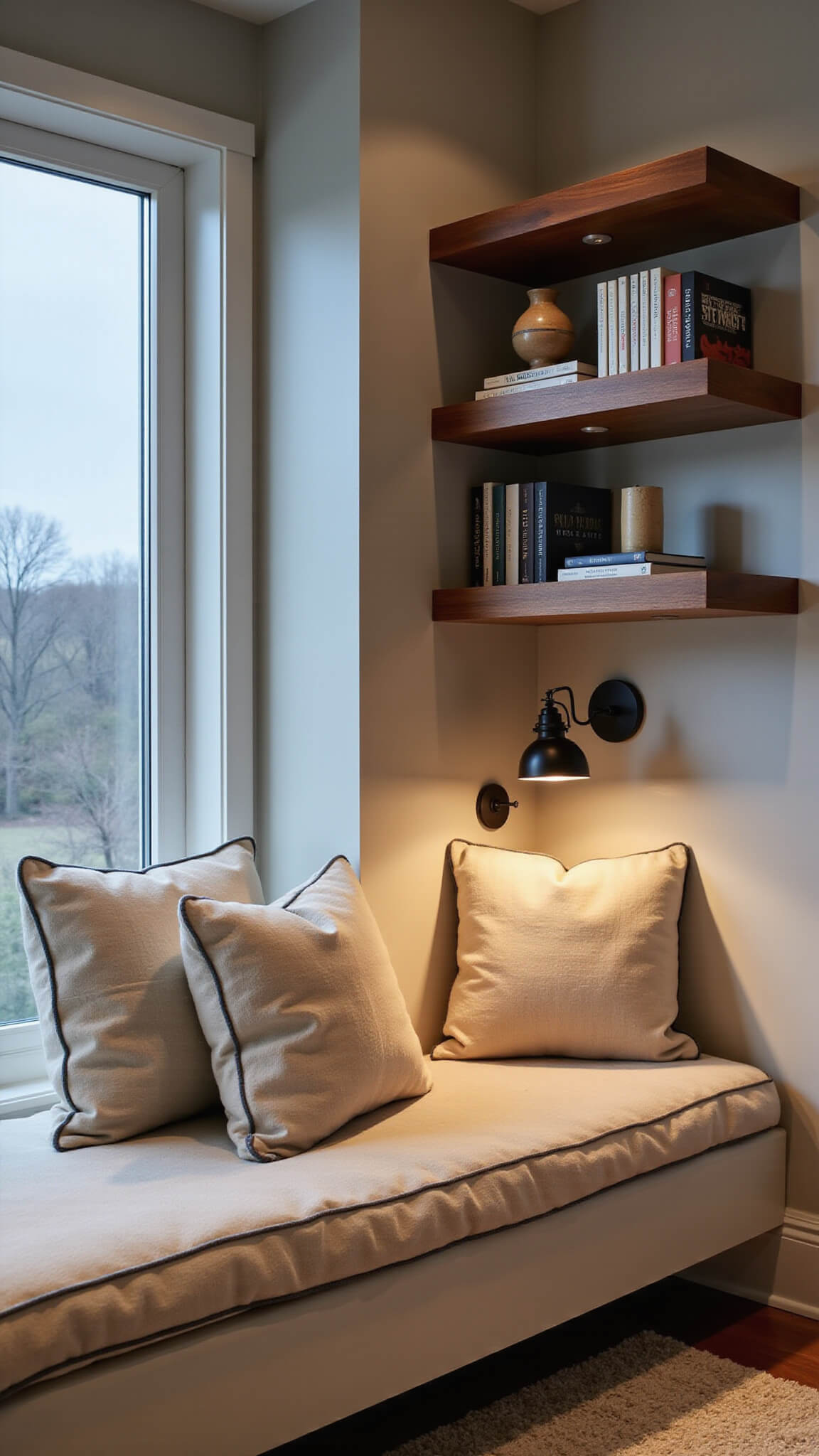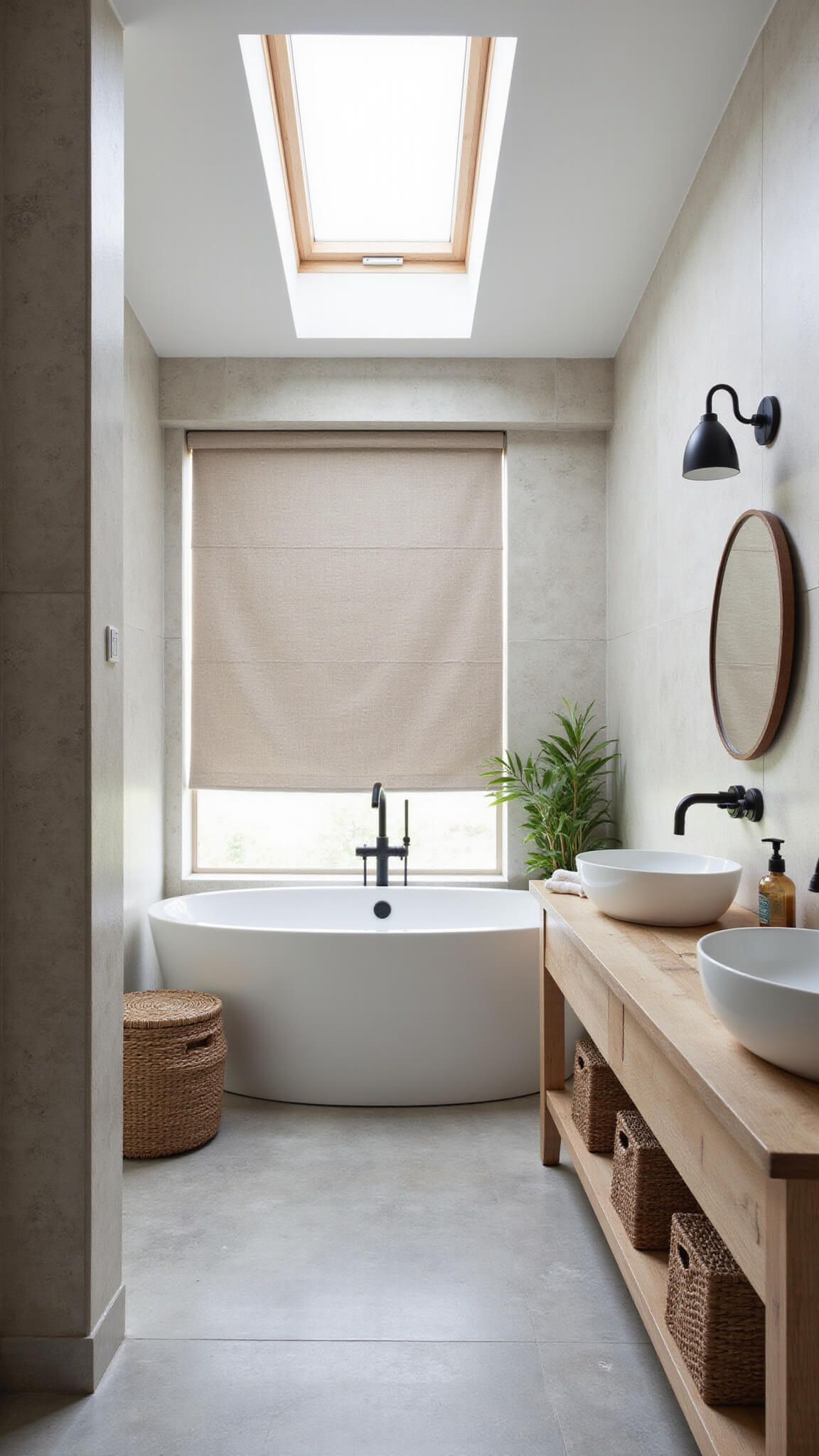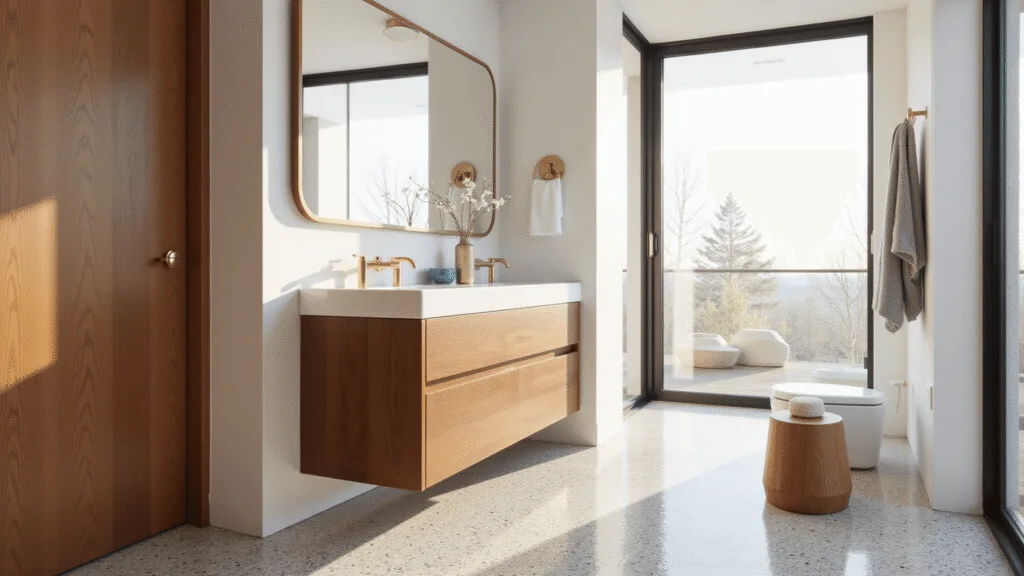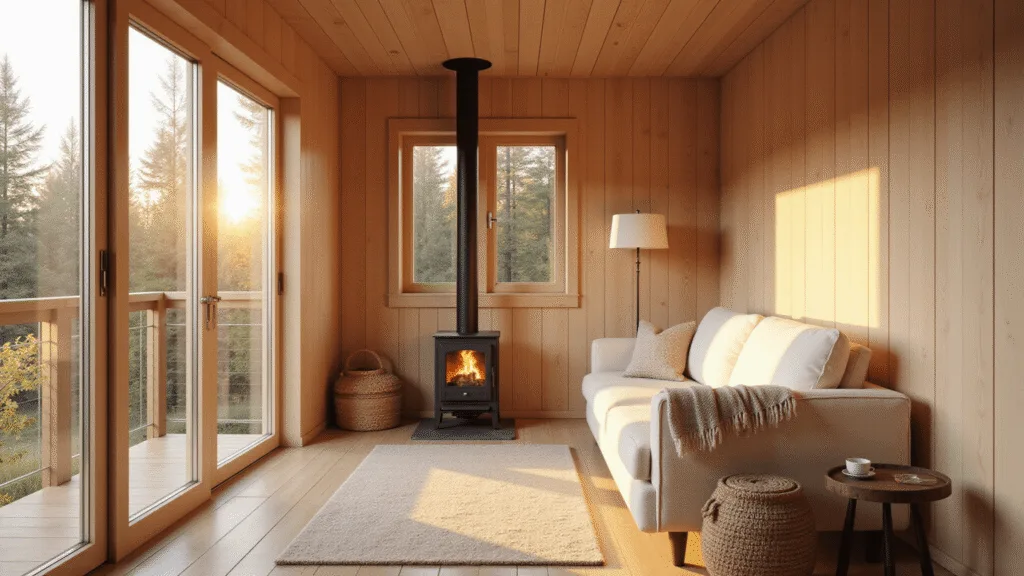Japandi Decor: The Ultimate Guide to Creating Serene, Minimalist Spaces
Imagine walking into a room that instantly calms your soul – that’s the magic of Japandi design. This isn’t just another home decor trend; it’s a lifestyle that blends Japanese minimalism with Scandinavian functionality.
What is Japandi Design? Understanding the Aesthetic Revolution
Japandi isn’t just a style – it’s a philosophy of living that speaks to those who crave simplicity and purpose in their living spaces. Born from the perfect marriage of Japanese wabi-sabi and Scandinavian hygge, this design approach transforms your home into a sanctuary of peace and intentionality.
Key Characteristics of Japandi Style
Essential Elements:
- Minimalist furniture with clean lines
- Natural materials like wood and bamboo
- Neutral color palette (beige, gray, earth tones)
- Functional design with zero unnecessary clutter
- Emphasis on craftsmanship and quality
Creating Your Japandi Space: A Step-by-Step Guide
1. Color Palette Selection
Your Japandi color journey starts with nature’s most soothing tones:
- Soft beiges
- Muted greens
- Warm grays
- Deep browns
- Subtle blacks
Pro Tip: Think of a misty forest at dawn – those are your Japandi colors.
2. Furniture Selection: Less is Absolutely More
When choosing furniture, remember these golden rules:
- Prioritize Function: Every piece must serve a purpose
- Choose Low-Profile Designs: Think minimalist Japanese furniture meets Scandinavian comfort
- Natural Materials Only: Wood, bamboo, and subtle metal accents
3. Texture: The Secret Weapon of Japandi Design
Texture brings life to minimalism. Mix and match:
- Wool throws
- Linen cushions
- Handwoven rugs
- Ceramic vases
- Wooden side tables
4. Lighting: Creating Mood and Atmosphere
Lighting in Japandi isn’t just functional – it’s an art form:
- Soft, diffused lighting
- Paper lanterns
- Minimal floor lamps
- Natural light wherever possible
Budget Considerations: Japandi for Every Wallet
Budget Breakdown:
- Low-End: $500-$1000
- Mid-Range: $1000-$2000
- High-End: $2000-$5000
Budget-Friendly Japandi Hacks:
- Thrift store wood furniture
- DIY painting and refinishing
- Minimal, strategic decor purchases
- Focus on quality over quantity
Common Mistakes to Avoid
Red Flags in Japandi Design:
- Too much clutter
- Overly complicated furniture
- Bright, aggressive colors
- Lack of natural elements
- Ignoring negative space
Seasonal Adaptation: Keeping Your Space Fresh
Spring/Summer:
- Light, airy textures
- More green plants
- Open, breathable layouts
Fall/Winter:
- Warmer wood tones
- Heavier textiles
- Deeper, richer color accents
Final Thoughts: Japandi is More Than Design – It’s a Lifestyle
Japandi isn’t about perfection. It’s about creating a space that breathes, that tells a story, that makes you feel at peace the moment you walk in.
Remember: In Japandi, every object should spark joy and serve a purpose. Your space is a reflection of your inner calm.
Quick Implementation Checklist:
- ✓ Declutter completely
- ✓ Choose natural materials
- ✓ Stick to neutral colors
- ✓ Prioritize functionality
- ✓ Embrace negative space

